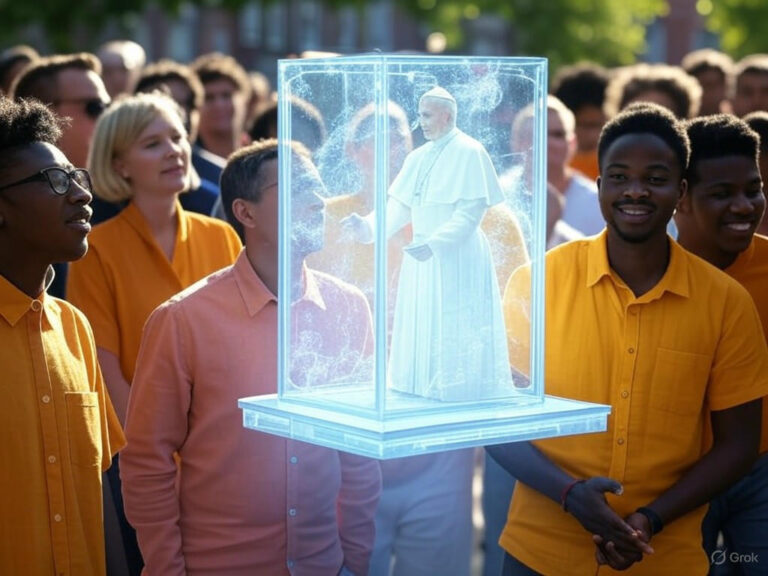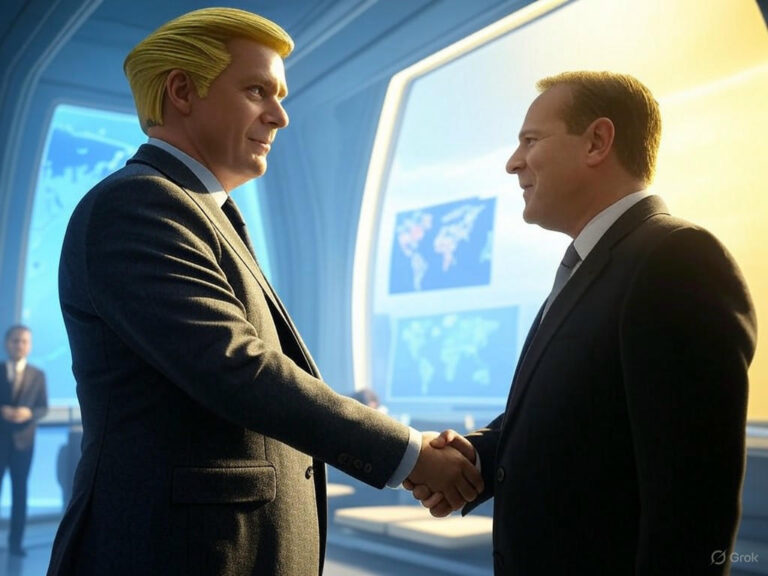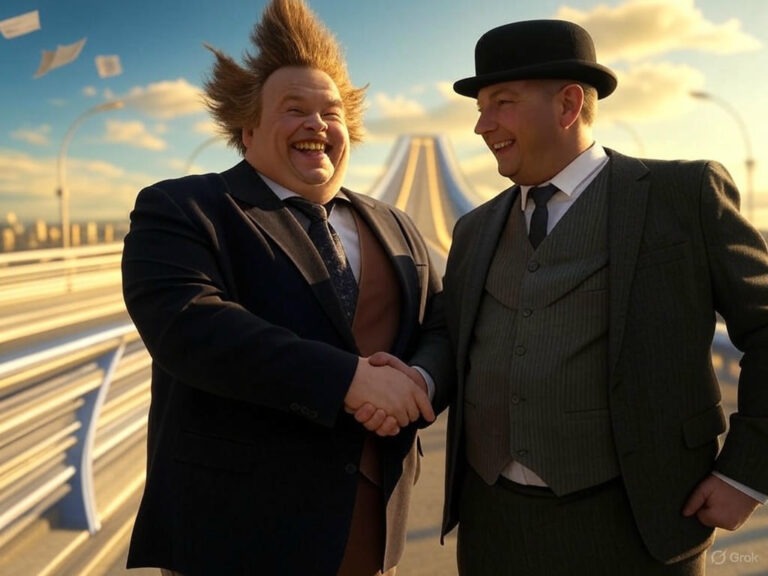
10 Fascinating Facts About Papal Conclaves History
Introduction
The papal conclave stands as one of the most captivating events in Catholic Church history, blending ancient rituals with high-stakes decisions that echo through Vatican halls. Imagine the world holding its breath as cardinals gather in secrecy, deciding who will lead over a billion faithful. This process, steeped in tradition, highlights the enduring mystery of papal conclave elections and their role in shaping global faith.
Understanding the Papal Conclave
A papal conclave is the exclusive assembly where the College of Cardinals elects a new pope, ensuring the Catholic Church’s leadership transitions smoothly. Did you know the term derives from Latin “cum clave,” meaning “with a key,” symbolizing the locked doors that keep the process confidential? Held typically in the Sistine Chapel in Vatican City, this ritual underscores the blend of history and faith in every papal conclave.
The Timeline Leading to a Papal Conclave
Following a pope’s passing or resignation, a structured timeline kicks in, allowing time for reflection and preparation. Have you ever wondered how the Catholic Church manages such a pivotal moment? It begins with a 15-20 day waiting period, giving cardinals from around the globe time to mourn and assemble in Rome.
During this phase, daily general congregations involve cardinals over 80, who offer guidance on Church matters and finalize the conclave date. Novendiali Masses and funeral rites add a layer of solemnity, building anticipation for the papal conclave itself—what a fascinating mix of grief and hope!
Fact 1: The Intricate Voting Ritual in Papal Conclaves
The voting within a papal conclave follows a highly formalized routine, divided into pre-scrutiny, scrutiny, and post-scrutiny phases to maintain order and integrity. Only cardinals under 80 participate as electors, casting secret ballots that demand a two-thirds majority for a new pope. Up to four ballots occur daily, with mornings and afternoons dedicated to this intense process—it’s like a real-life thriller unfolding in the heart of Vatican history.
After each vote, the ballots are burned, producing the iconic black or white smoke that signals progress or deadlock. If you’re curious, this papal conclave tradition keeps the suspense alive for millions watching worldwide.
Fact 2: From the Longest to the Shortest Papal Conclaves
Papal conclaves have varied wildly in duration, reflecting the challenges of consensus in such a high-stakes election. The longest, stretching from 1268 to 1271 in Viterbo, dragged on for nearly three years due to stubborn disagreements among cardinals—can you imagine the frustration? In contrast, modern papal conclaves often wrap up in just a few days, like the quick elections of Pius IX in 1846 and Leo XIII in 1878.
These extremes highlight how papal conclave procedures have evolved, balancing tradition with efficiency in Catholic Church governance.
Fact 3: When Papal Conclaves Moved Beyond Rome
While Vatican City is the usual stage, papal conclaves have sometimes shifted locations due to political upheaval. For instance, the 1799-1800 conclave electing Pius VII took place in Venice amid French occupation of Rome, adding an unexpected twist to Church history. Earlier, in the 13th and 14th centuries, conclaves bounced between cities like Viterbo because of wars and internal conflicts.
This adaptability in papal conclave logistics shows how the Catholic Church navigates external pressures while preserving its core rituals—what a testament to resilience!
Fact 4: The Veil of Secrecy in Papal Conclaves
Secrecy is the cornerstone of any papal conclave, with cardinals swearing oaths to protect every detail from the outside world. The Sistine Chapel becomes a fortress, guarded against leaks and fitted with anti-eavesdropping tech to ensure no external influence creeps in. Electronic devices are banned, and cardinals stay at Casa Santa Marta, fostering an environment of focused deliberation.
Ever think about why this level of privacy matters? It keeps the process pure, free from political meddling, and upholds the sacred nature of papal conclave elections.
Fact 5: Decoding the Smoke Signals of Papal Conclaves
One of the most recognizable aspects of a papal conclave is the smoke rising from the Sistine Chapel’s chimney. Black smoke, or fumata nera, means no pope has been chosen yet, while white smoke, fumata bianca, heralds success and sends crowds into celebration. Chemicals are mixed with the burning ballots to create these colors, turning a simple act into a global spectacle.
If you’re following along, this papal conclave tradition has become a symbol of anticipation—how does it make you feel to picture that moment of revelation?
Fact 6: The Key Figure: The Camerlengo in Papal Conclaves
During the interregnum, the Camerlengo of the Holy Roman Church steps into a vital role, verifying the pope’s death and managing Church affairs until a successor is named. This position involves organizing the papal conclave logistics, from securing venues to overseeing the cardinals’ needs. It’s a behind-the-scenes job that ensures everything runs smoothly amid the chaos.
In essence, the Camerlengo acts as the guardian of continuity in Catholic Church traditions, making the papal conclave possible.
Fact 7: The Iconic Setting of Papal Conclaves
Since 1878, the Sistine Chapel has been the primary venue for papal conclaves, its Michelangelo-painted ceilings adding a layer of divine inspiration. This space is adapted with modern security to block any spying, creating an atmosphere that’s both historical and secure. Walking through those doors must feel like stepping into centuries of faith and art.
For anyone interested in Vatican history, the papal conclave’s setting is a perfect blend of beauty and purpose.
Fact 8: Eligibility for Election in Papal Conclaves
Technically, any baptized Catholic male can be elected pope, though in practice, it’s always been a cardinal since 1389. This rule underscores the College of Cardinals’ central role in papal conclave proceedings. It’s intriguing to consider what might happen if that tradition were broken—could it lead to fresh perspectives in Church leadership?
Still, this focus on cardinals keeps the papal conclave tightly connected to established Vatican hierarchies.
Fact 9: Handling Deadlocks in Papal Conclaves
If a papal conclave hits a stalemate after numerous ballots, special runoff procedures activate to break the tie. The top candidates are isolated, and in the final rounds, they can’t vote, pushing for a decisive outcome. Senior cardinals might even deliver addresses to encourage reflection and prayer.
This mechanism ensures that even in deadlock, the Catholic Church’s papal conclave process moves forward, safeguarding its legacy.
Fact 10: Unusual Moments in Papal Conclaves History
Papal conclaves have seen their share of oddities, like the 1831 election of Gregory XVI, the last non-bishop cardinal to become pope. Back in 13th-century Viterbo, locals got so impatient they locked cardinals in and even tore off the roof to hurry things along—what a dramatic intervention! Modern reforms, such as those in Pope John Paul II’s 1996 constitution, have streamlined these events for better fairness.
These stories add a human touch to the papal conclave, reminding us that history is full of surprises.
Wrapping Up the Papal Conclave Story
The papal conclave remains a powerful symbol of faith, blending age-old customs with the drama of human choice. As you’ve read through these facts, you might be wondering how such traditions continue to influence the world today. If this sparks your curiosity, why not dive deeper into Catholic Church history?
Share your thoughts in the comments below—have you followed a papal conclave live? Let’s keep the conversation going.
Frequently Asked Questions About Papal Conclaves
How Many Cardinals Vote in a Papal Conclave?
Only cardinals under 80 are electors, with numbers typically ranging from 110 to 120, depending on current memberships. This setup keeps the papal conclave focused and efficient.
Has a Non-Cardinal Ever Been Elected in a Papal Conclave?
Yes, though the last time was in 1378; since then, it’s been cardinals only, reinforcing the traditions of Vatican history. Could this change in the future? It’s an open question.
How Long Does a Papal Conclave Usually Last?
Most modern papal conclaves end in a few days, but historical ones have stretched for weeks or years, showing the variability of these events. What factors do you think influence the length?
Why Is Secrecy Crucial in a Papal Conclave?
Secrecy shields the process from outside pressures, ensuring decisions are made purely on faith and consensus within the Catholic Church. It’s a key element that maintains the integrity of papal conclave elections.
References
For more insights, I’ve drawn from reliable sources:
- Wikipedia: Papal Conclave – Detailed overview of the election process.
- Britannica: Papal Conclave – Comprehensive definition and history.
- Wikipedia: List of Papal Conclaves – Timeline of key events.
- Georgetown University: Conclave History – Insights into the role of key figures.
- Salt + Light Media: Conclave Timeline – Step-by-step guide.
- OSV News: Exploring Papal Election History – In-depth analysis.
- Wikipedia Signpost – Additional historical context.
- EWTN: History of Conclaves – Focused on 19th-century events.
Ready to learn more? Check out our related posts or share this with a friend who loves history. Your feedback helps us create even better content—what questions do you have about papal conclaves?
papal conclave, Catholic Church, papal election, Vatican history, College of Cardinals, papal conclaves history, Church traditions, cardinal electors, Sistine Chapel, pope election process







